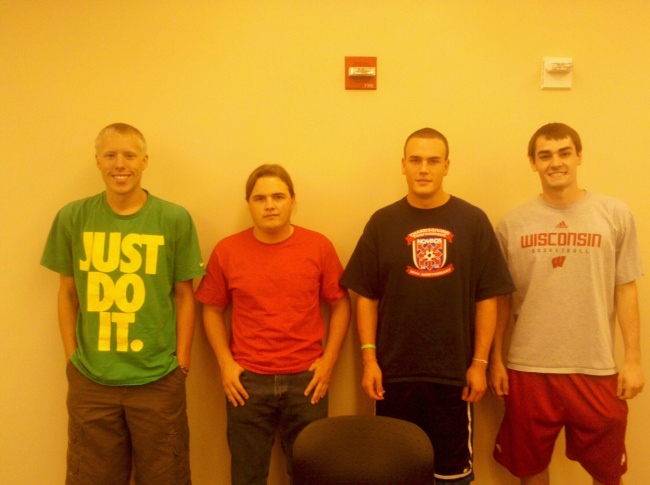Design of hand dynamometer/grip meter to measure the rehabilitation of stroke patients
Project Overview
Stroke is one of the leading causes of adult disability in the United States. It is caused by the disturbance of blood supply to the brain leading to loss in brain functions. Stroke can lead a person to occupational disability, wherein the person is unable to perform the functions required to complete their daily functional tasks satisfactorily. In the Orthopedics and Rehabilitation Department at the UW hospitals nurses and doctors treat patients with physical, occupational and speech therapy. They assess the recovery of upper extremity function in stroke patients with occupational disability, using a grip meter or dynamometer. The grip meter measures the grip strength of an individual.
Current grip meters available in the market are expensive and do not allow measurement of forces due to grip from 0 to 20 lb with 1 lb increment, limiting the ability to measure small changes in very weak patients.
The project consists of designing an ergonomically suitable grip meter that will allow measurement of 1 lb force with a range from 0 to 20 lb and necessary calibration before use. The grip meter should also provide a digital readout of the force on an LCD screen.
Team Picture

Images


Files
- Mid-Semester Report (October 26, 2011)
- Presentation Poster (December 14, 2011)
- Project Design Specifications (PDS) (December 14, 2011)
- Final Report (December 16, 2011)
- Mid-Semester PowerPoint Presentation (December 16, 2011)
Contact Information
Team Members
- Lisle Blackbourn - Team Leader
- Armand Grabowski - Communicator
- Robert Carson - BSAC
- Peter Guerin - BWIG
Advisor and Client
- Prof. Chris Brace - Advisor
- Elizabeth Bourne - Client
